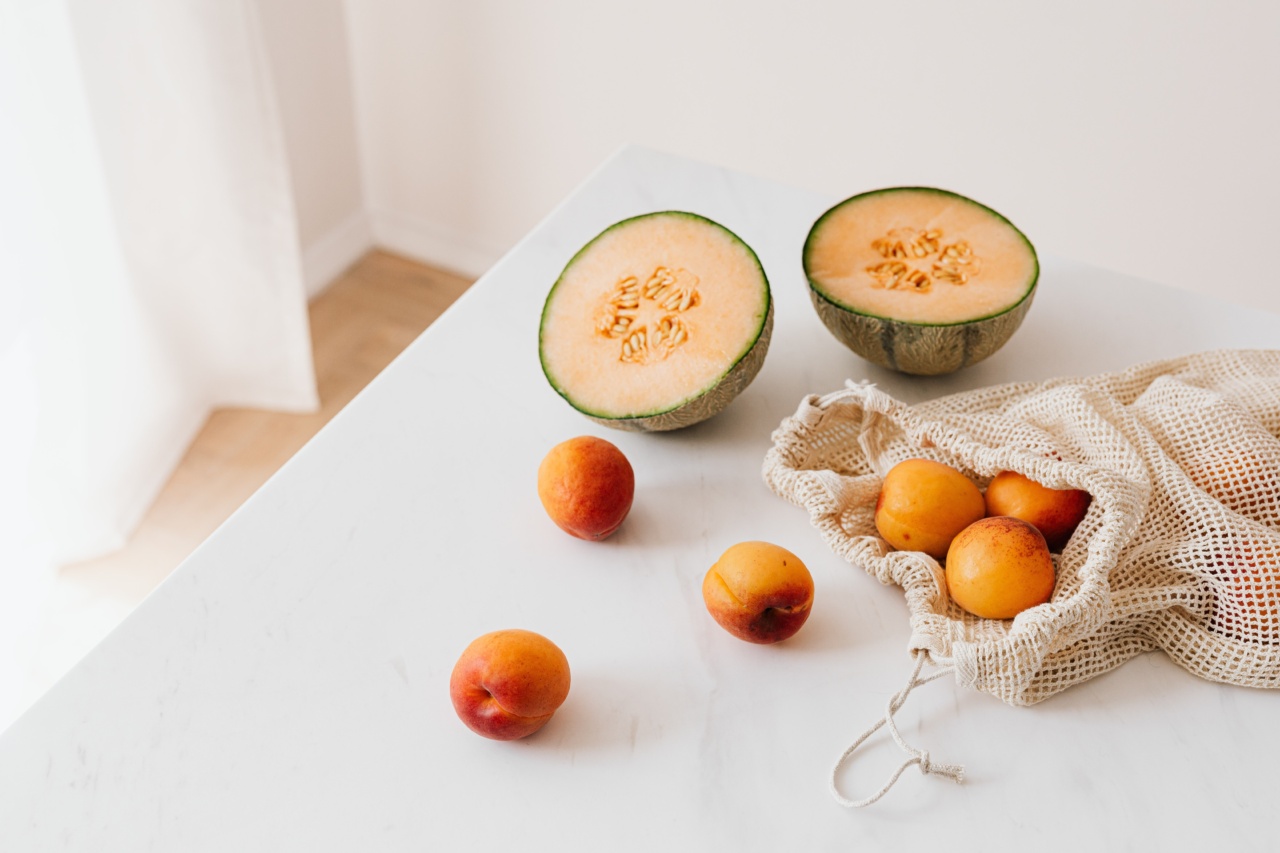Cholesterol is a waxy substance that is found in your body’s cells and in the blood. While your body needs cholesterol to build healthy cells, high levels of cholesterol can increase your risk of heart disease.
Types of cholesterol
There are two types of cholesterol: good cholesterol (HDL) and bad cholesterol (LDL). High levels of LDL can put you at a greater risk of heart disease, while HDL can have a protective effect.
What are the causes of high cholesterol?
High cholesterol is caused by a combination of factors. Some of these factors are within your control, such as unhealthy diet, lack of exercise, and obesity.
Other factors, such as genetics, age, and gender, can also play a role in your cholesterol levels.
How can you reduce your ‘bad’ cholesterol?
Harvard researchers have suggested several diet changes that can help lower LDL cholesterol levels:.
1. Reduce saturated fat intake
Saturated fats are found in foods like butter, cheese, and red meat. They can raise your LDL cholesterol levels, so it’s best to limit your intake of these foods.
2. Replace saturated fats with unsaturated fats
Unsaturated fats, found in foods like nuts, seeds, and fish, are healthier fats that can be used to replace saturated fats in your diet. They can help lower your LDL cholesterol levels.
3. Increase your fiber intake
Foods that are high in fiber, like fruits, vegetables, and whole grains, can help lower your LDL cholesterol levels. Aim for at least 25 to 30 grams of fiber per day.
4. Eat more plant-based foods
Plant-based foods, like beans, lentils, and tofu, are low in saturated fats and can help lower your LDL cholesterol levels. Try to incorporate these foods into your diet more often.
5. Limit your intake of sugar and refined carbohydrates
Foods that are high in sugar and refined carbohydrates, like white bread and pasta, can raise your LDL cholesterol levels. Limit your intake of these foods and replace them with whole grain options.
6. Eat foods with added plant sterols or stanols
Plant sterols and stanols are found in foods like margarine, orange juice, and yogurt, and can help lower LDL cholesterol levels. Look for products that have added plant sterols or stanols.
7. Choose lean proteins
Lean proteins, like chicken and fish, are lower in saturated fat than red meat and can help lower your LDL cholesterol levels.
8. Avoid trans fats
Trans fats, found in foods like fried foods and baked goods, can raise your LDL cholesterol levels and lower your HDL cholesterol levels. Try to avoid these foods as much as possible.
9. Use oils instead of solid fats
Replace solid fats, like butter and shortening, with oils like olive oil, canola oil, and sunflower oil. These oils contain healthier fats that can help lower your LDL cholesterol levels.
10. Eat fatty fish
Fatty fish, like salmon and tuna, are high in omega-3 fatty acids, which can help lower your LDL cholesterol levels. Aim to eat fatty fish at least twice a week.
Conclusion
High cholesterol levels can increase your risk of heart disease, but there are several diet changes you can make to lower your LDL cholesterol levels.
Try incorporating more plant-based foods, unsaturated fats, and high-fiber foods into your diet while limiting your intake of sugar, saturated fats, and trans fats. By making these changes, you can help reduce your ‘bad’ cholesterol and improve your overall health.




























